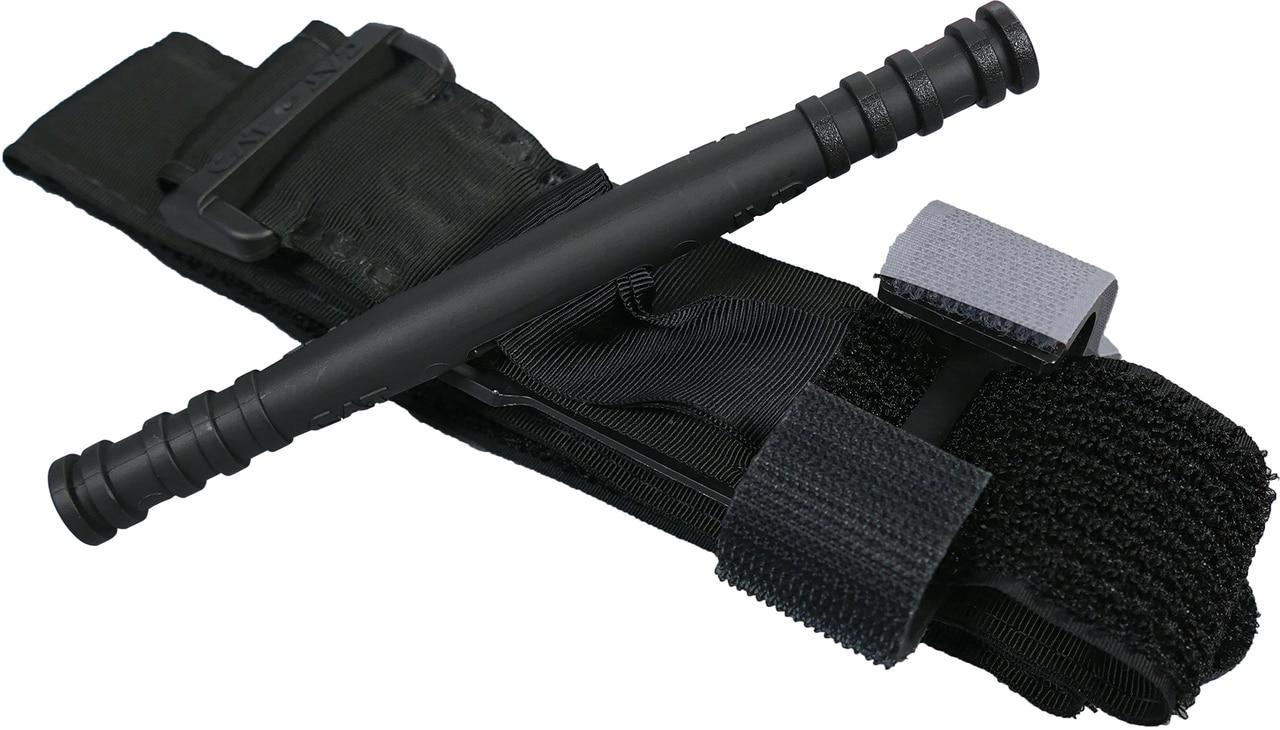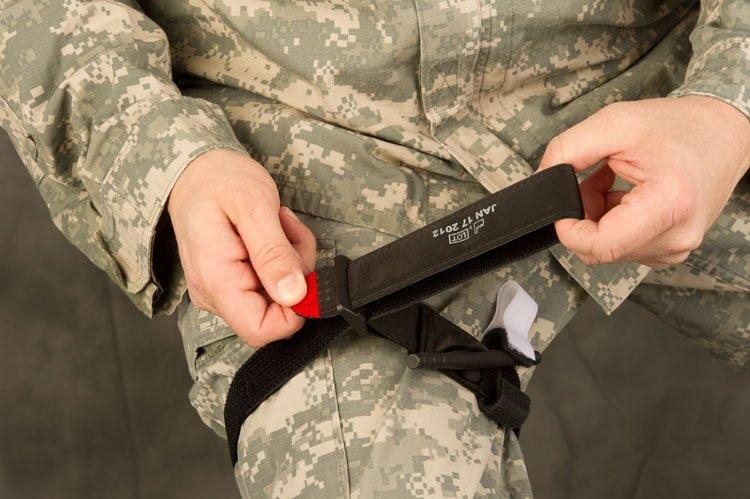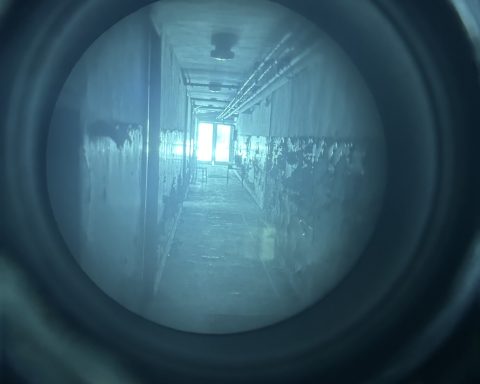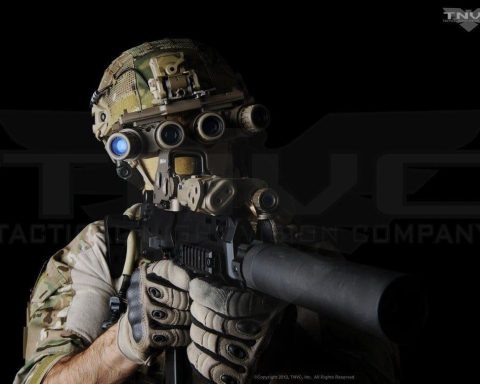A CAT tourniquet is a revolutionary tool for modern military soldiers intended to stop arm or leg blood flow due to injury on the battlefield. CAT (Combat Applications Tourniquet, C-A-T) Tourniquet effectiveness as a life-saving instrument plays a significant role in modern warfare and injury medical care. It was used widely by doctors and surgeons to control venous and arterial circulation to an extremity for a period of time, especially during surgeries.

During the years, the usage of tourniquets was populated by Special Operations Forces operators. Today, it is an infallible tool for every first aid kit and every SOF operator including Delta Force, SEAL Team 6, and all other military personnel serving on the battlefield.
Standard use guidelines for the military
In a Care under Fire situation, treatment normally consists of using a tourniquet immediately to stop major bleeding of the extremities. In a TFC (Tactical Field Care) situation, the Trained and Authorized rescuer will perform all treatment necessary, using a tourniquet as a last resort and should only be applied when bleeding cannot be stopped and the situation is life threatening.
How to properly use CAT Tourniquet?
The Combat Application Tourniquet (CAT) is widely used by U.S. and US-coalition military forces as part of the mandatory first aid kit. It was developed by Composite Resources, Inc. It is also used by NHS ambulance services, and some UK fire and rescue services. The unit utilizes a windlass with a locking mechanism and can be self-applied. The CAT tourniquet has been adopted by military and emergency personnel all around the world.
Here is instruction manual for CAT tourniquet:
Two-handed application
- Apply CAT tourniquet proximal to the bleeding site. Route the band around the limb and pass the red tip through the inside slit of the buckle.
- Pass the red tip through the outside slit of the buckle. The buckle will lock the band in place.
- Pull the band very tight and securely fasten the band back on itself.
- Twist the rod until bright red bleeding has stopped and the distal pulse is eliminated.
- Place the rod inside the clip; locking it in place. Check for bleeding and distal pulse. If bleeding is not controlled, consider additional tightening or applying a second tourniquet proximal side by ide to the first and reassess.
- Secure the rod inside the clip with the strap. Prepare the patient for transport and reassess. Record the time of tourniquet application.
One-handed application
- Apply CAT tourniquet proximal to the bleeding site. Insert the wounded limb through the loop formed by the band.
- Pull the band very tight and securely fasten the band back on itself.
- Adhere to the band around the limb. Do not adhere the band past the rod clip.
- Twist the rod until bright red bleeding has stopped and the distal pulse is eliminated.
- Place the rod inside the clip locking it in place. Check for bleeding and distal pulse. If bleeding is not controlled, consider additional tightening or applying a second tourniquet proximal side by side to the first and reassess.
- Adhere the band over the rod, inside the clip, and fully around the limb.
- Secure the rod and band with the strap. Prepare for transport and reassess. If possible, record time of application on a white strap.
For sure is that CAT tourniquet is a revolutionary tool which already saved hundreds of lives on battlefields and personally, for me, it is a must have part of my first aid kit.






